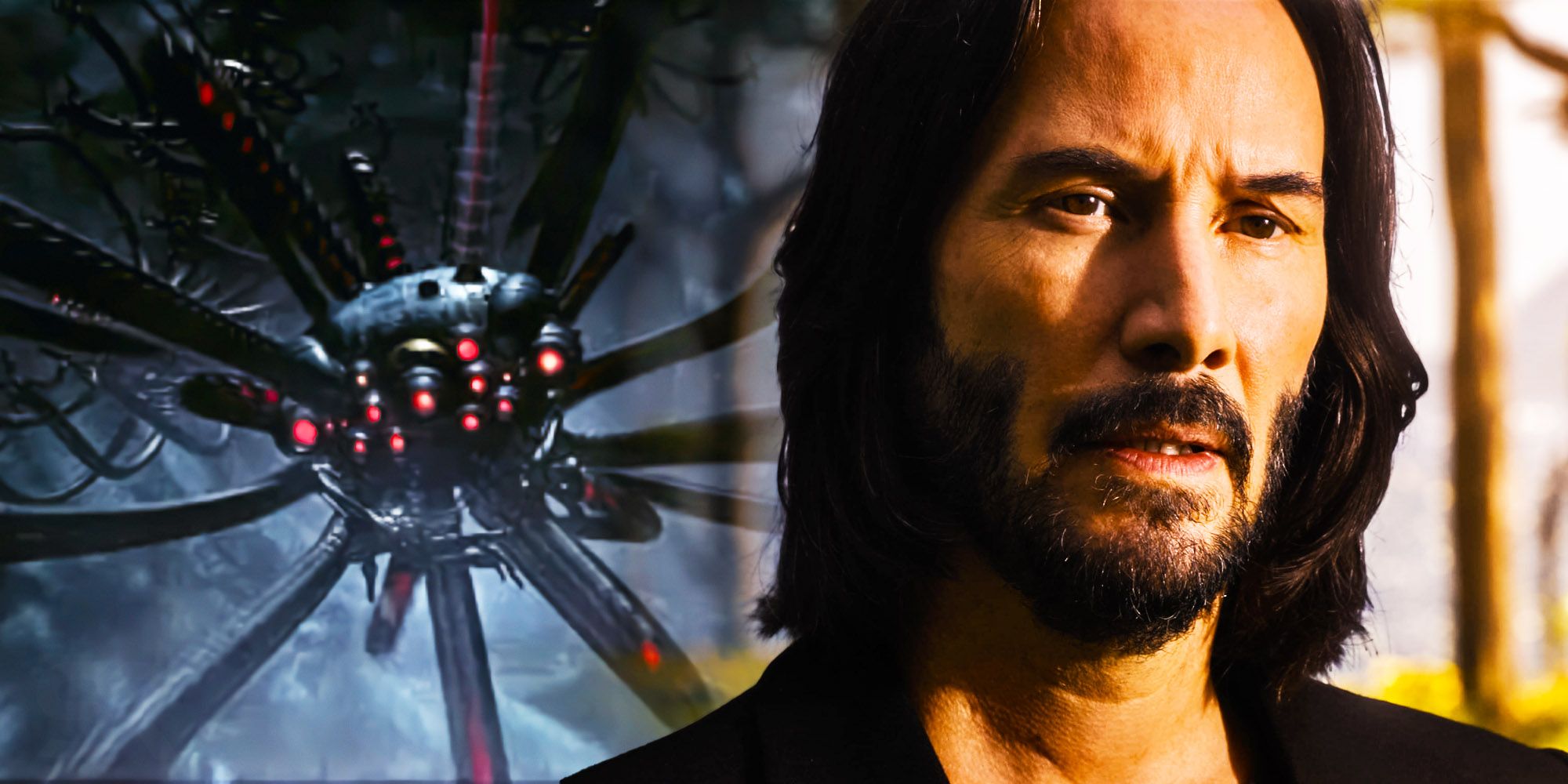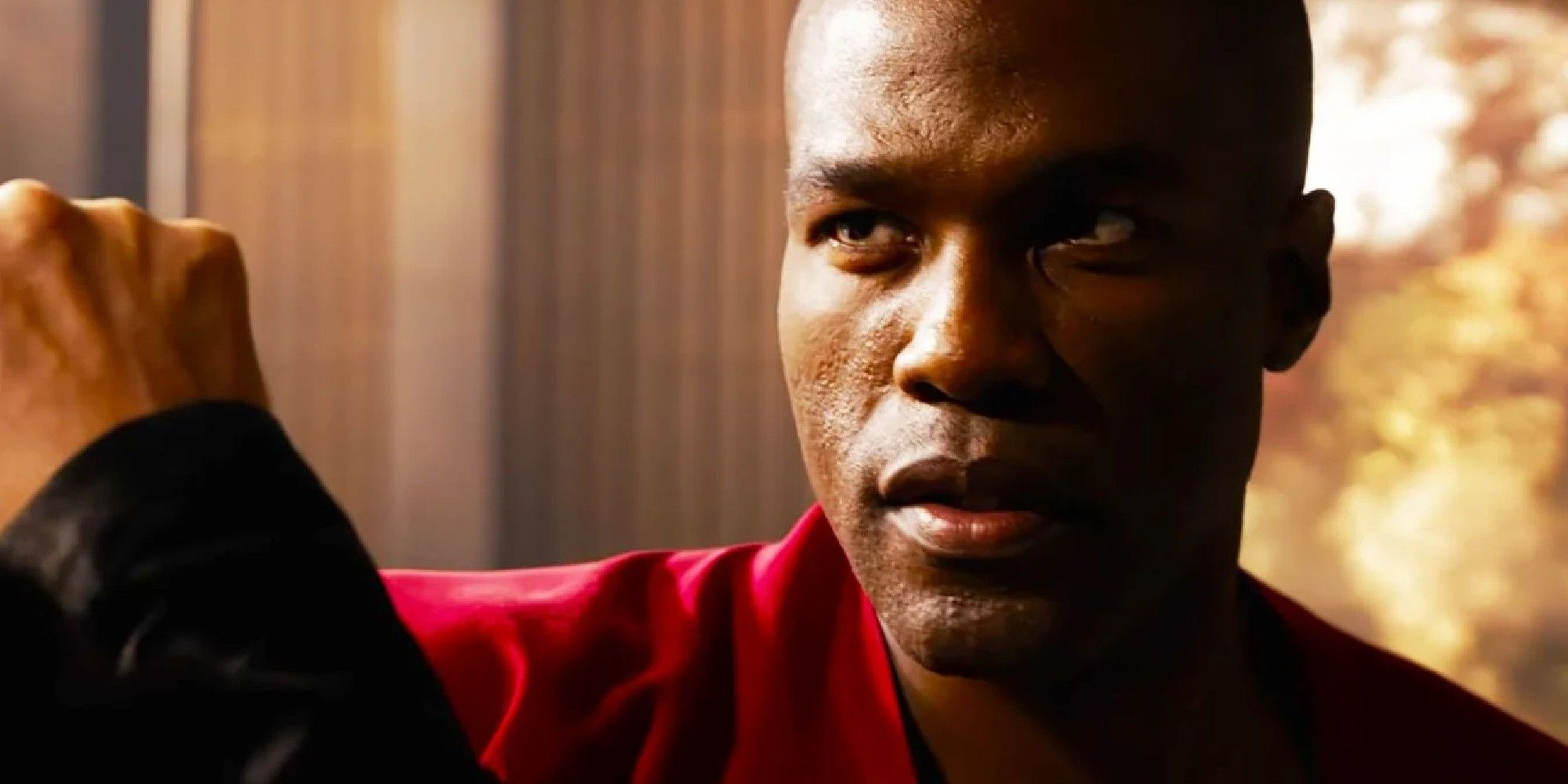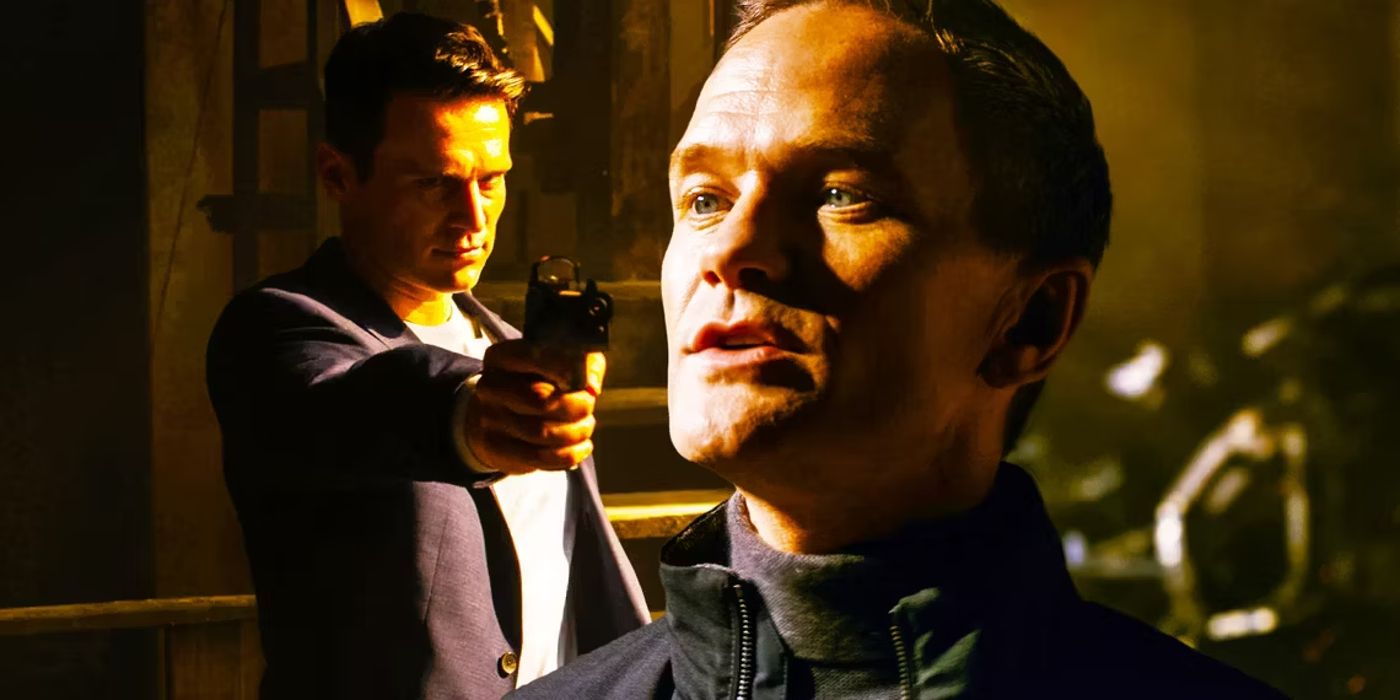Throughout various scenes, The Matrix Resurrections teased a resolution to some of its foundational plot points but ultimately failed to deliver on its best humans vs. machines storyline. Matrix 4 arrived after a decades-long hiatus, promising a return to the unique world-building that the Wachowskis created at the dawn of the new millennium, but ultimately chose to lampoon the concept of sequels in general and subvert fan expectations rather than provide a follow-up to the events of the original Matrix trilogy. What should have been the central premise became a side note as the movie regurgitated old ideas through Neo and Trinity unplugging from the Matrix and defeating the machines all over again.
At one point, General Niobe explains to Neo that in the 60 years since the peace accord with the machines, even after what happened to Zion in the Matrix trilogy, it was still destroyed during the Machine Civil War. Even with the free passage Deus Ex Machina once offered all humans between the Matrix and Zion, with so many humans unplugged, the machine world descended into an energy crisis, leading some machines to a crossroads about their future as humans made a new sanctuary. IO became the coveted utopia that humans and machine allies vowed to protect, at all costs, presenting one of The Matrix Resurrections' most fascinating storylines.
Matrix 4 Undersold Its Machine Allies Idea
Even though it could have potentially been one of the most subversive and surprising aspects of Matrix 4, the movie completely minimized the concept of machines being allies to humans. Between Matrix 3 and Matrix 4, the resource war that erupted involving machine factions offered a lot of narrative potential, particularly with characters like Bugs. As The Analyst found new opportunities to enslave humanity amidst the chaos, machines fighting on behalf of humans should have been a crucial detail that meant something to the story, even pivotal to their victory, but it was largely overlooked.
Even the character of Morpheus, an amalgamation of his namesake as well as Smith's code, was an embodiment of the Machine ally storyline. Like his predecessor, he guided Neo out of the Matrix, and like Smith, helped him realize his full potential. The Matrix Resurrections did a recast trick whereby Morpheus (Yahya Abdul-Mateen II) could still be present in the plot (despite dying in The Matrix Online) by appearing in a younger avatar Neo wrote into his digital sandbox using code from the old Matrix. This Morpheus was an amalgamation of both Neo's greatest ally and his most powerful nemesis, but was given nothing to do.
Machines Joining Humans Brings The Matrix Story Full-Circle
As Morpheus once explained to a bewildered Neo the future of humans was synonymous with artificial intelligence, and eventually machines grew powerful enough to turn on their creators, making machines turning on machines to join humans an opportunity for the Matrix story to come full circle. Unfortunately, this wasn't a core part of The Matrix Resurrections, which eschewed a focus on the real story in favor of self-referential meta-humor and parody. The concept could have worked had the villains of Matrix 4 been humans, not machines, but the movie didn't lean hard enough into the machine and human allies storyline.
Toward the end of the movie, Agent Smith asks The Analyst, "What has the world come to if you can't even trust a program?" This self-referential remark implies that once Neo was free from the Matrix, Smith was able to achieve an unprecedented level of freedom himself. Programs as it turns out can be as fickle as humans, and he saves Neo and Trinity in perhaps one of the most powerful moments in The Matrix Resurrections, emphasizing the new bond between humans and Machines. Had it been a critical part of the plot the entire time, the Matrix franchise might have established the next phase of a bold new direction.



